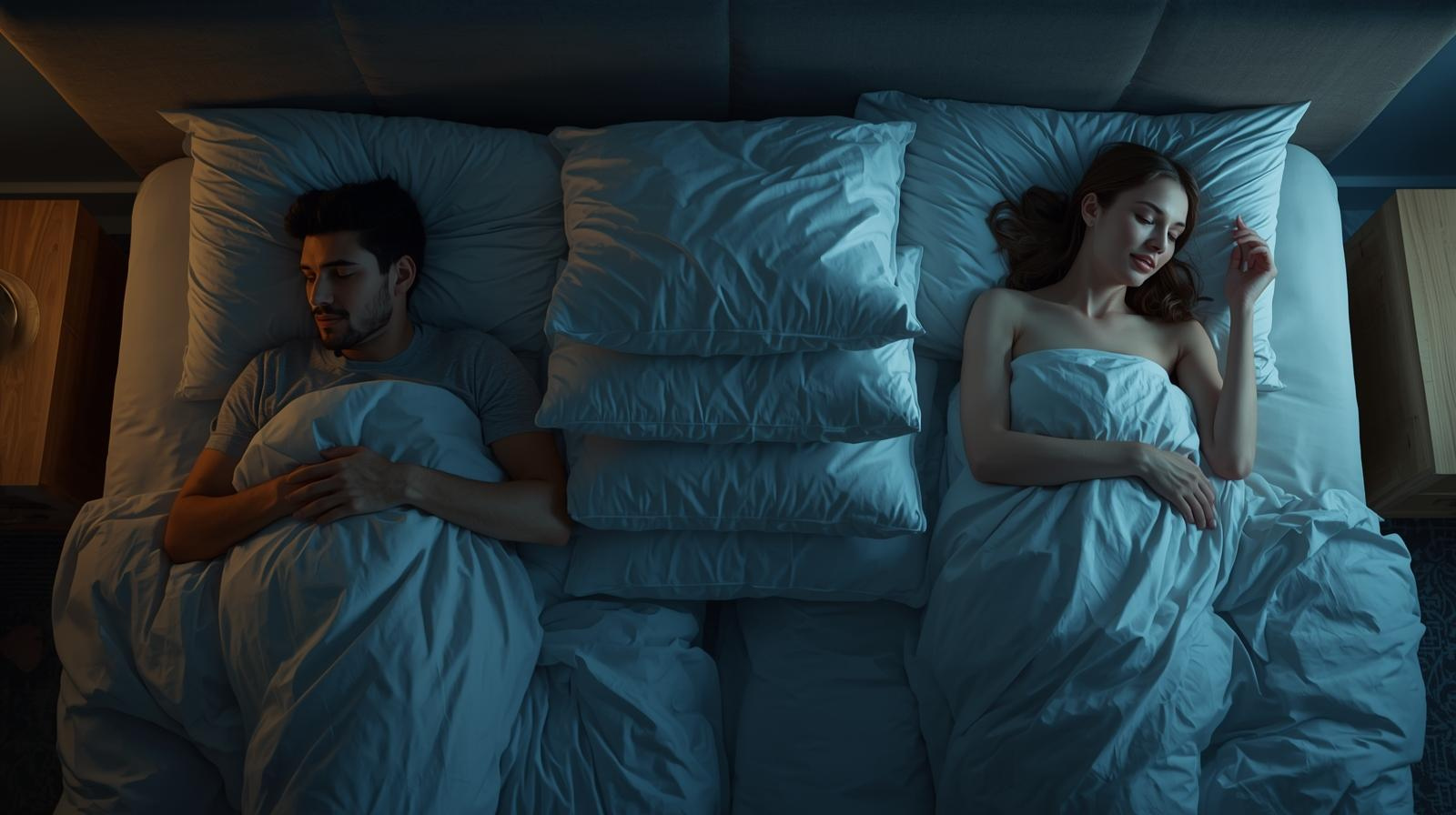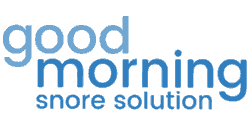Free Shipping - On Orders Over $99 (USA, Canada, UK, & AU)

Silence the Night: A Look at FDA-Approved Snoring Devices and Solutions
April 15, 2025 4 min read
That rumble in the night – often the soundtrack to a less-than-restful sleep for both the snorer and their bed partner. Snoring, while sometimes a harmless annoyance, can disrupt sleep quality and even be a symptom of a more serious underlying condition. If you're tired of the nighttime noise, you might be exploring solutions. Let's dive into the world of anti-snoring products, with a particular focus on FDA-approved devices.
What Causes Snoring?
Snoring occurs when air flowing through your mouth and nose vibrates the relaxed tissues in your throat. Several factors can contribute to this:
- Anatomy: A narrow airway, enlarged tonsils or adenoids, or a long soft palate and uvula can obstruct airflow.
-
Nasal Congestion: Allergies, colds, or sinus infections can block nasal passages, forcing you to breathe through your mouth.
- Muscle Relaxation: During sleep, the muscles in your throat and tongue relax. This relaxation can cause the airway to narrow.
- Weight: Excess weight can lead to fatty tissue around the neck, narrowing the airway.
- Alcohol and Medications: These can relax throat muscles further.
- Sleep Position: Sleeping on your back can cause the tongue to fall back into the throat, obstructing airflow.
Anti-Snoring Products: A Wide Range of Options
The market is flooded with products claiming to silence snoring. These can generally be categorized as follows:
Positional Aids: These devices aim to keep you from sleeping on your back, a position that often exacerbates snoring. Examples include:
- Snore pillows: Designed to encourage side sleeping.
- Wedges: Elevate the upper body to improve airflow.
- Tennis ball shirts: A less sophisticated method involving sewing a tennis ball into the back of a pajama top.
Oral Appliances: These are custom-fitted or over-the-counter devices that you wear in your mouth during sleep to keep your airway open. There are two main types:
- Mandibular Advancement Devices (MADs): These devices resemble sports mouthguards and work by gently pushing your lower jaw forward, which tightens the tissues in the throat.
- Tongue-Retaining Devices (TRDs): These devices use suction to hold the tongue forward, preventing it from falling back and blocking the airway.
Nasal Strips and Dilators: These external devices aim to open up the nasal passages to improve airflow.
- Nasal Strips: Adhesive strips that pull the nostrils open.
- Nasal Dilators: Small plastic or silicone devices inserted into the nostrils to widen them.
Other Devices: This category can include a variety of products, such as chin straps (designed to keep the mouth closed) and electronic devices that monitor snoring and may vibrate to encourage a change in position.
What are the FDA-Approved Anti-Snoring Devices?
The Food and Drug Administration (FDA) regulates medical devices to ensure their safety and effectiveness. When considering anti-snoring devices, it's wise to look for those that have received FDA clearance or approval.
It's important to note that the FDA primarily regulates oral appliances as medical devices for snoring and, in some cases, obstructive sleep apnea. This means that MADs and TRDs are the most likely categories to have FDA clearance.
Nasal strips and external nasal dilators are generally considered Class I medical devices and are exempt from premarket notification (510(k)) requirements in most cases. This doesn't mean they are not regulated, but they don't undergo the same level of scrutiny as oral appliances.
Positional aids and other lifestyle-related products are typically not classified as medical devices and therefore do not require FDA approval.
To determine if an oral appliance is FDA-approved or cleared, you should:
- Check the product labeling: Look for statements indicating FDA clearance or approval and the specific 510(k) number.
- Consult the FDA's database: You can search the FDA's Premarket Notification (510(k)) database for specific device names or manufacturers.
- Ask your dentist or sleep specialist: They can recommend FDA-cleared oral appliances.
Why is FDA approval important?
It signifies that the manufacturer has provided evidence to the FDA demonstrating that the device is safe and effective for its intended use. While other products might offer some relief, FDA-cleared devices have undergone a level of regulatory scrutiny.
Lifestyle Changes to Reduce Snoring
Before resorting to devices, consider making some lifestyle adjustments that can significantly impact snoring:
- Lose weight: If you are overweight or obese, losing even a small amount of weight can help reduce fatty tissue around your neck.
- Sleep on your side: Use pillows or other positional aids to encourage side sleeping.
- Elevate your head: Propping up your head with extra pillows can help open your airways.
- Avoid alcohol before bed: Alcohol relaxes throat muscles, making snoring more likely.
- Quit smoking: Smoking irritates the airways and can worsen snoring.
- Treat nasal congestion: Use saline sprays or other remedies to clear your nasal passages.
- Establish a regular sleep schedule: Consistent sleep habits can improve overall sleep quality.
Could Your Snoring Be a Sign of Sleep Apnea?
While occasional snoring is common, loud and frequent snoring, especially when accompanied by gasping, choking, or pauses in breathing, could be a sign of obstructive sleep apnea (OSA). OSA is a serious condition where the airway repeatedly becomes blocked during sleep, leading to disruptions in breathing and reduced oxygen levels.
Other symptoms of sleep apnea include:
- Excessive daytime sleepiness
- Morning headaches
- Difficulty concentrating
-
Irritability
-
Dry mouth or sore throat upon waking
If you suspect you might have sleep apnea, it is crucial to consult a doctor or a sleep specialist.
They can conduct a sleep study to diagnose the condition and recommend appropriate treatment, which may include Continuous Positive Airway Pressure (CPAP) therapy, oral appliances specifically designed for sleep apnea (which are also FDA-regulated), or surgery.
Disclaimer:
This blog post provides general information about snoring and anti-snoring devices. It is not intended to provide medical advice, diagnosis, or treatment. Always consult with a qualified healthcare professional for any health concerns or before making any decisions related to your health or treatment. The information provided here may not be exhaustive, and regulations regarding medical devices can change. Always refer to the product labeling and consult with your doctor or dentist for the most up-to-date and personalized advice.
Also in Blog

Healthy Sleep Goals For 2026
December 22, 2025 6 min read

💨 Are Your Nighttime Breathing Issues Robbing You of Your Health and Your Energy?
December 12, 2025 3 min read
Breathing issues during sleep, collectively known as sleep-disordered breathing, are a major public health concern.

Is Your Snoring a Sign of Something More Serious? Unpacking the Science of Sleep
December 05, 2025 3 min read
When you snore, what's actually happening?
Join our Insiders Club
Every week you will receive specials, discounts, and giveaways.
Categories
- Better Sleep
- depression
- Fitness
- funny animal
- Global Citizenship
- health
- Mental Health
- mouthpiece
- nutrition
- pillow
- Productivity
- relationships
- sleep
- sleep apnea
- sleep deprivation
- Sleep Tech
- snoring
- snoring humor
- snoring jokes
- snoring sounds
- stop snoring
- StopSnoringStartLiving
- technology
- Tongue displacement
- travel
- video
- Young Adult

